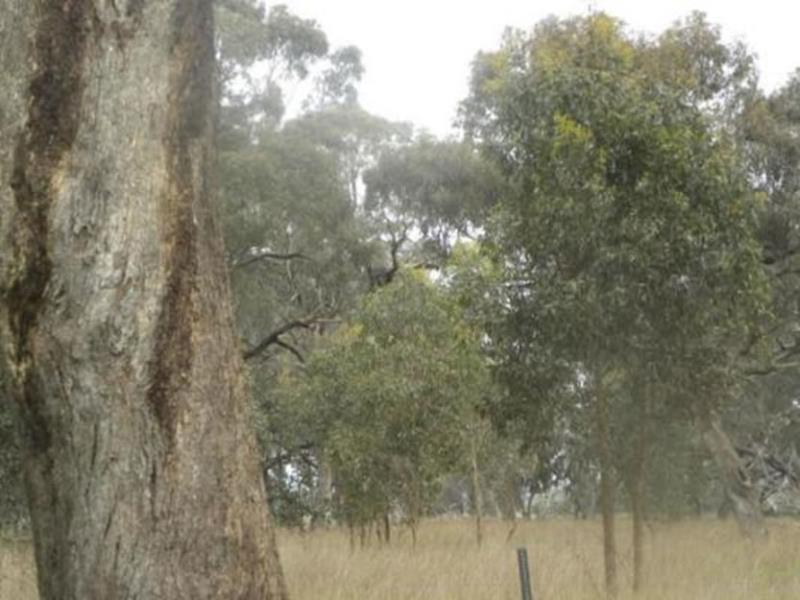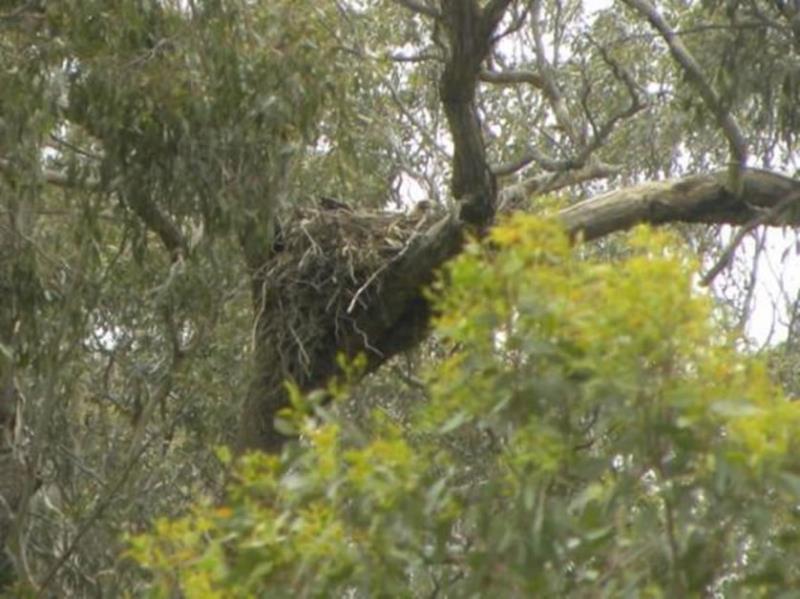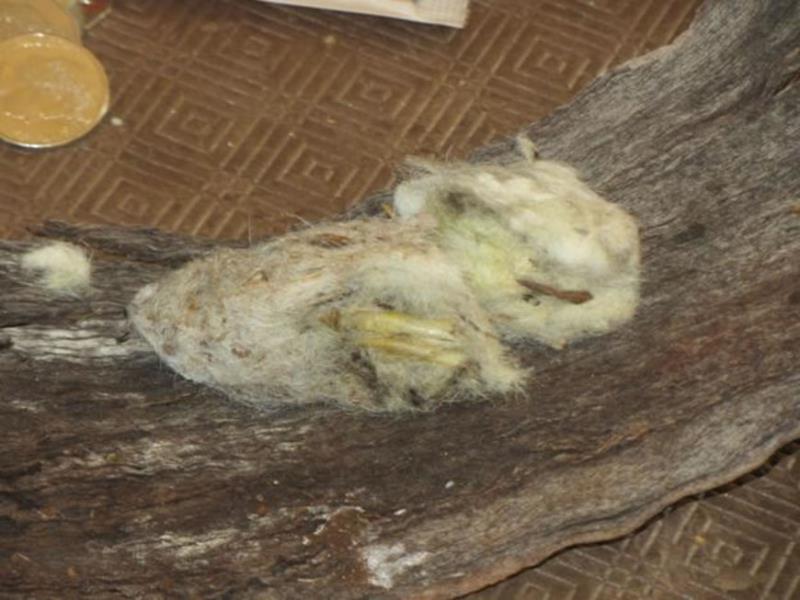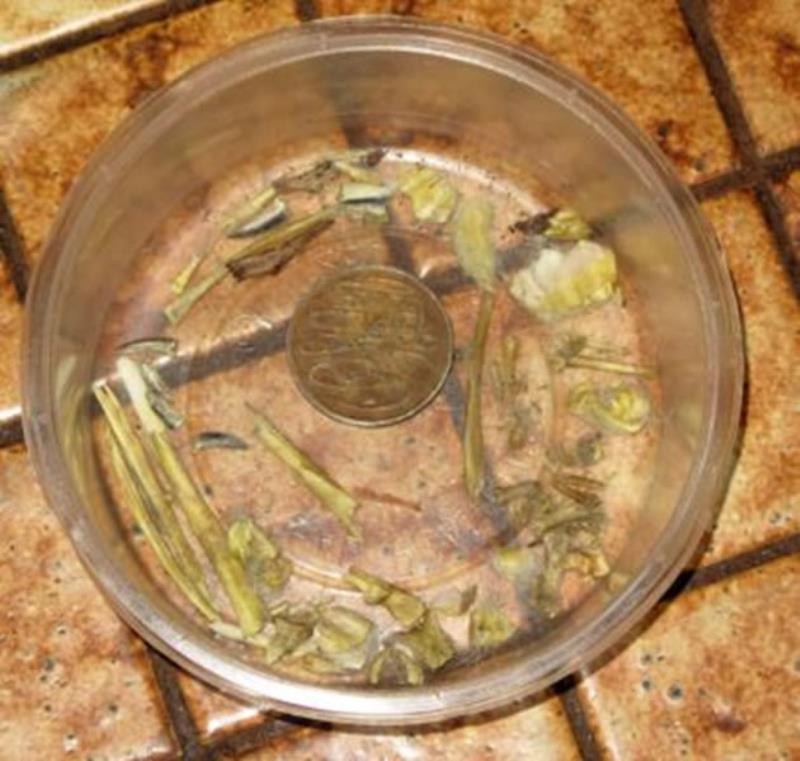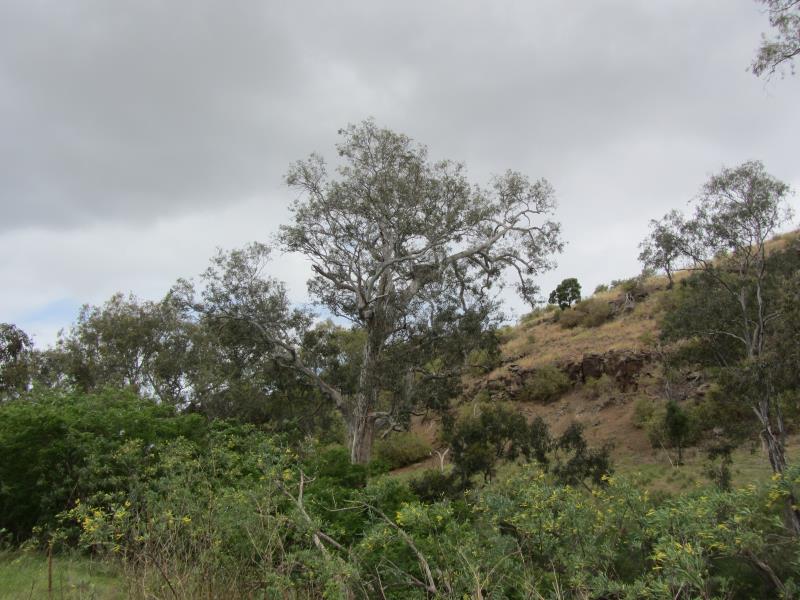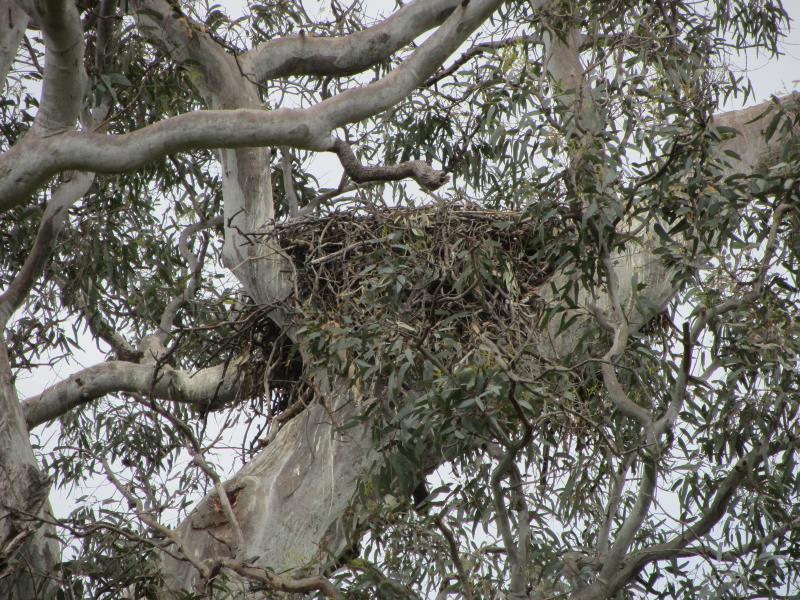Note re. Conservation grazing in Pinkerton Forest
Conservation grazing by sheep is regularly used in both Pinkerton Forest and the neighbouring Bush’s Paddock as part of conservation management. Both grazing and burning, at strategic times and areas is used for weed control, biomass reduction, enhancement of biodiversity and reducing risk of wildfire. Grazing removes the exotic annuals as these are more palatable to the sheep than the native perennials. The farmer stated that the grass is most palatable and most nutritional when it is lush and fresh. Grazing is also a useful means of reducing fire danger. The availability of fresh lush grass reduces the likelihood that the sheep will graze on native shrubs and regenerating tree sapling regrowth.
About 150 ewes with lambs had been grazing in Lower Pinkerton for a few weeks, in late August. Toward the end of August they were removed to Upper Pinkerton.
About 5th September they were removed for shearing. This would have involved farm staff on 4 wheel farmbikes, with dogs (to ensure all lambs were found), on several occasions ie. some considerable human activity and noise. The eagles were obviously used to the sights and sounds of farming activities and so did not appear concerned.
A CFA burn in April 2012 of about half of Upper Pinkerton had removed most grass cover in the burnt area, resulting in heavy growth of annual grasses. Subsequent grazing removed the exotic annuals, removing competition from native perennials.
Thursday 20th September 2012 8.30
Environmental contrtactors were advised of the presence of the eagles so they would be mindful of the nesting eagles in Lower Pinkerton. Their presence there for a day hopefully should not unduly disturb the nesting eagles. Their plan of returning there at roughly monthly intervals to keep up with weed management also appears to be the best way to avoid disturbing the birds. Management disturbance in Lower Pinkerton would be minimal until the young birds had left the nest.
The bird was still at the nest, being harassed by Magpies. It was perched near the nest, casually watching us and looking around the forest. It didn’t seem unduly concerned about our presence.
October
However, by October it was apparent that the eagles had abandoned. Broken egg remains were seen beneath the nest. There had been a strong storm at the end of September so perhaps the egg had blown out or become chilled. Unfortunately the failed nesting remains a mystery.
Wedge-tailed Eagles nesting at Pinkerton Forest 2012
Wedge-tailed Eagle nest in Pinkerton Forest 19th September 2012
Closeup of Wedge tailed Eagle on nest 15th October 2012
Cast pellet found beneath eagle nest 9th September 2012
Small bones claws teeth in cast pellet found beneath eagles nest
Eagle nest Pinkerton flat from below 9 Nov 2012
Eagle nest Pinkerton flat from below (closeup) - 9th Nov 2012

